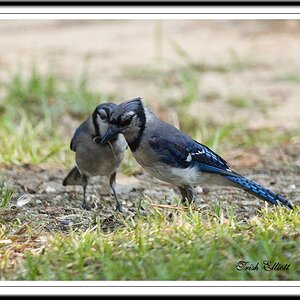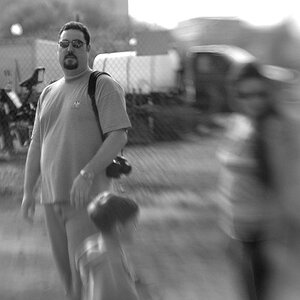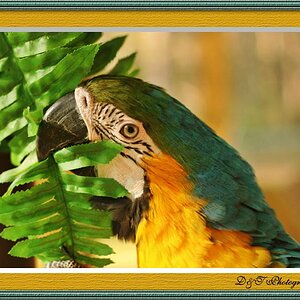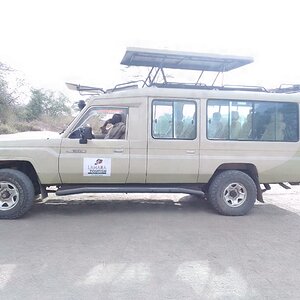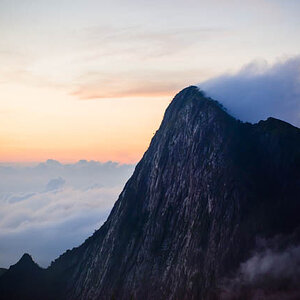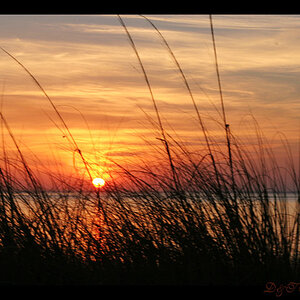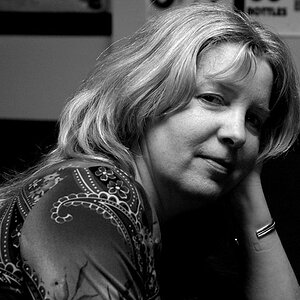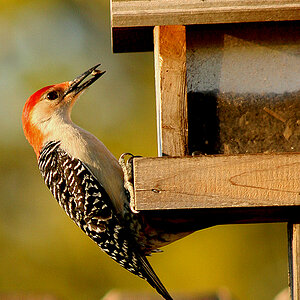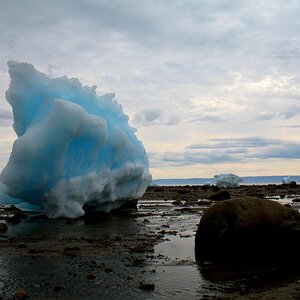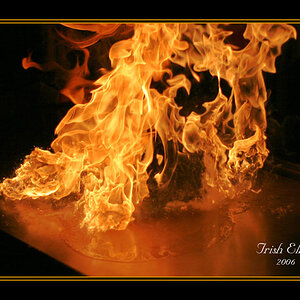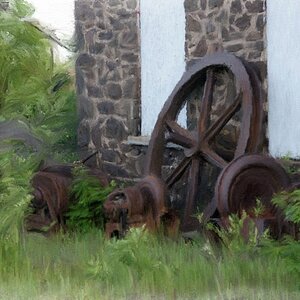e.rose
Been spending a lot of time on here!
- Joined
- Jan 27, 2011
- Messages
- 4,789
- Reaction score
- 1,985
- Location
- Nashville, Tn
- Website
- www.emilymcgonigle.com
- Can others edit my Photos
- Photos NOT OK to edit
The basic question on this topic:
Does adjusting the white balance (or using auto) have ANY impact on the raw file???
Wow! You speak my language too?! Bitter and Kundalini aren't the ONLY ones that understand my idiobabble?



